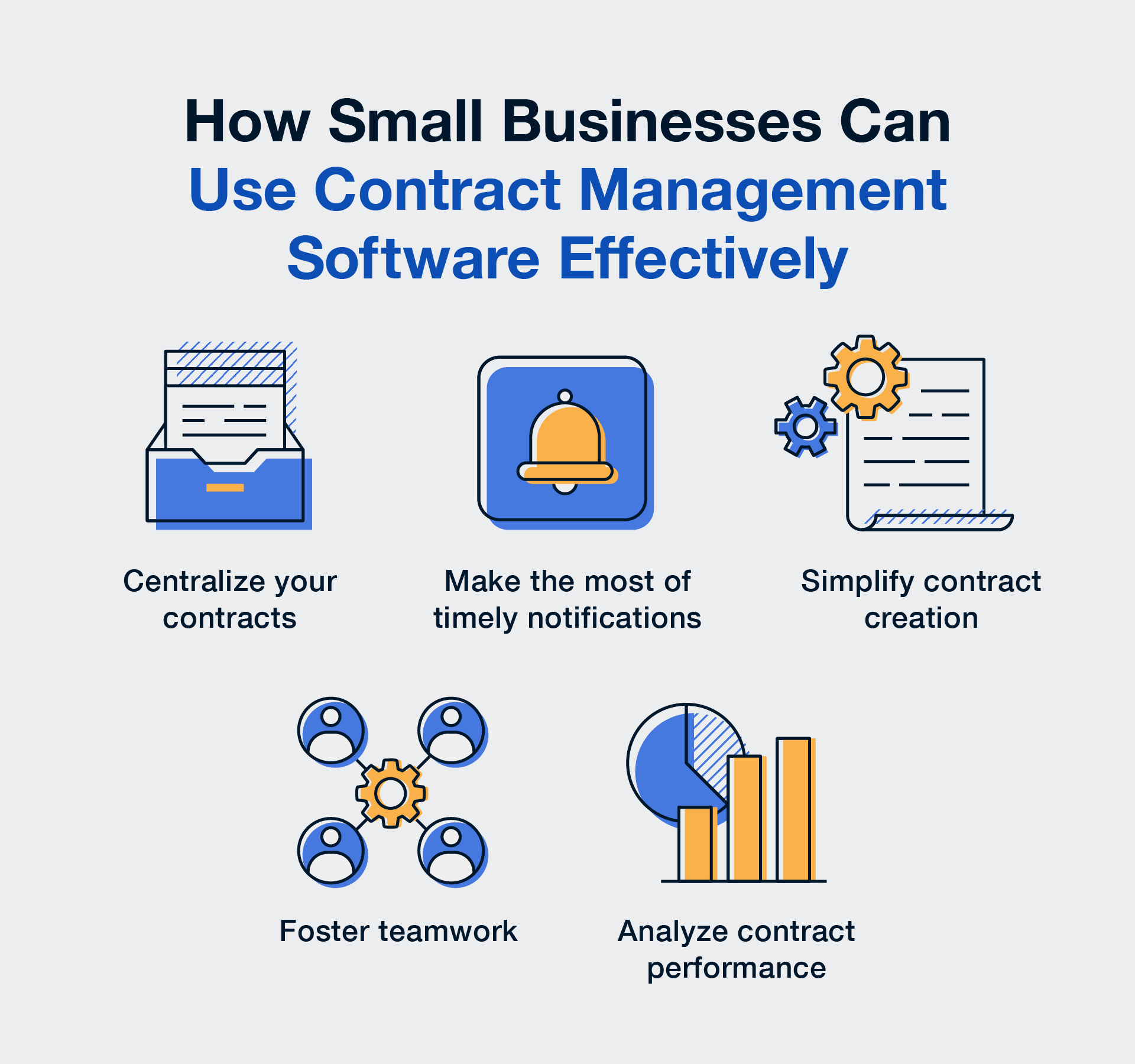What is a fully executed contract?
The term “fully executed contract” can be tricky, as it can apply to two different stages of the contract lifecycle. Understanding the context of executing a contract is essential for proper tracking, enforcement, and legal compliance.
Definition 1: Contract Signed by All Parties
In many cases, a contract is considered executed once all required parties have signed the contract. For example, if two businesses enter into a partnership agreement, the contract is executed once both parties have signed. This is the first and most common use of the term "contract executed."
Until all parties sign, the contract is still in the 'executing contract' phase and is not yet enforceable. Sometimes, executing a contract also includes initialing any handwritten edits to avoid future disputes. In more formal agreements, each page may be initialed to confirm it has been reviewed and agreed upon by all parties.
Definition 2: Obligations Fulfilled
A second, less common usage refers to an executed contract as one where all contractual obligations have been fully performed. In this case, a contract is fully executed not just when it is signed, but when all terms have been completed.
Example 1: A commercial real estate transaction begins with a signed sales agreement. Once the buyer pays the agreed price and the seller transfers the property, the contract is fully executed—meaning all conditions have been fulfilled and the execution of the contract is complete., when a contract is said to be “fully executed,” it means that all parties to the agreement have fully performed their obligations, or that all the terms and conditions of the contract have been fulfilled in their entirety.
Example 2: Consider a transaction in which an owner of real estate agrees to sell a commercial building. The parties enter into a real estate sales agreement. At the closing, the parties sign all the necessary paperwork. The buyer transfers the agreed amount of money to the seller, and the seller transfers ownership and possession of the property to the buyer. The contract is now deemed to be fully executed.
“Fully executed” can also be used to reference the fact that all parties to the contract have signed it. By contrast, after only one party had signed the contract, it would not yet be fully executed. While each party certainly must sign the contract, sometimes more is required. For example, any handwritten changes must be initiated. This procedure prevents a party from later making a handwritten change and claiming that the parties acknowledged it with their signatures at the end of the document. Some contracts call for page-by-page initialing to signify that each page has been acknowledged, read, and understood.
Either way, once a contract is fully executed, it becomes enforceable by law and serves as a formal record of the agreement reached between the parties.
So, What Does "Executed" Mean?
In short:
- An executed contract can mean it’s been signed by all parties.
- Or, it can mean that the contract has been fully carried out and completed.
How to Manage Fully Executed Contracts
No matter which definition you use, keeping track of executed contracts is critical. That includes both signed agreements that are still active and completed contracts that serve as a historical record. It’s important to maintain a single source of truth for your fully executed contracts as well as your contracts in the pipeline. Get on the same page with your team and make sure you’re all using the same definition.
A reliable contract management system makes it easier to:
- Track the execution of a contract
- Monitor obligations and key dates
- Archive fulfilled agreements
- Avoid duplicate definitions or confusion within your team
If your team uses “executed” to mean contract signed, a contract management system can help you ensure signatures are complete and versions are accurate. If you define “executed” as fully fulfilled, then your system needs to help you keep track of past contracts that may no longer be active ("retired") but are still important to reference. Either way, contract management software can keep everyone on your team up to date and able to track key dates and obligations.
Not all contract management systems offer this, but ContractSafe offers unlimited archives and attachments in our contract repository, so you can still keep track of all your fully executed contracts. No matter how you define it, we help you execute the contract and keep it organized for the long haul.





